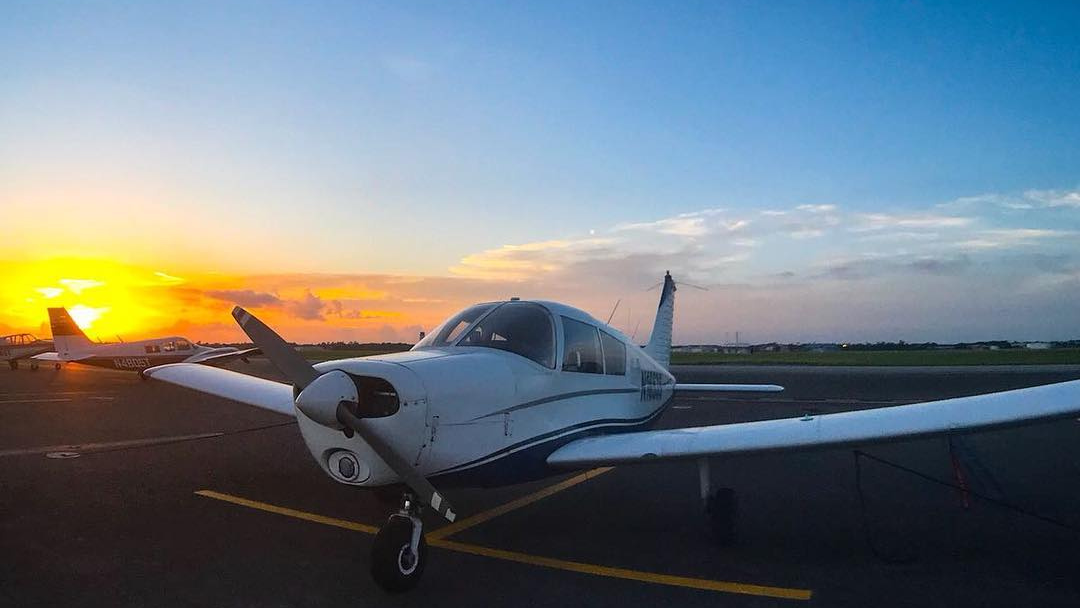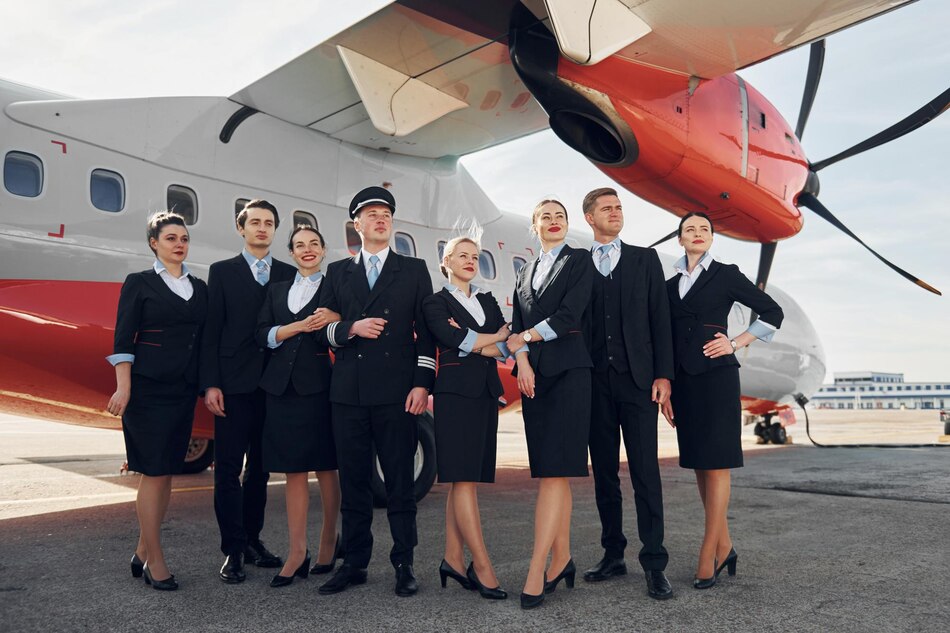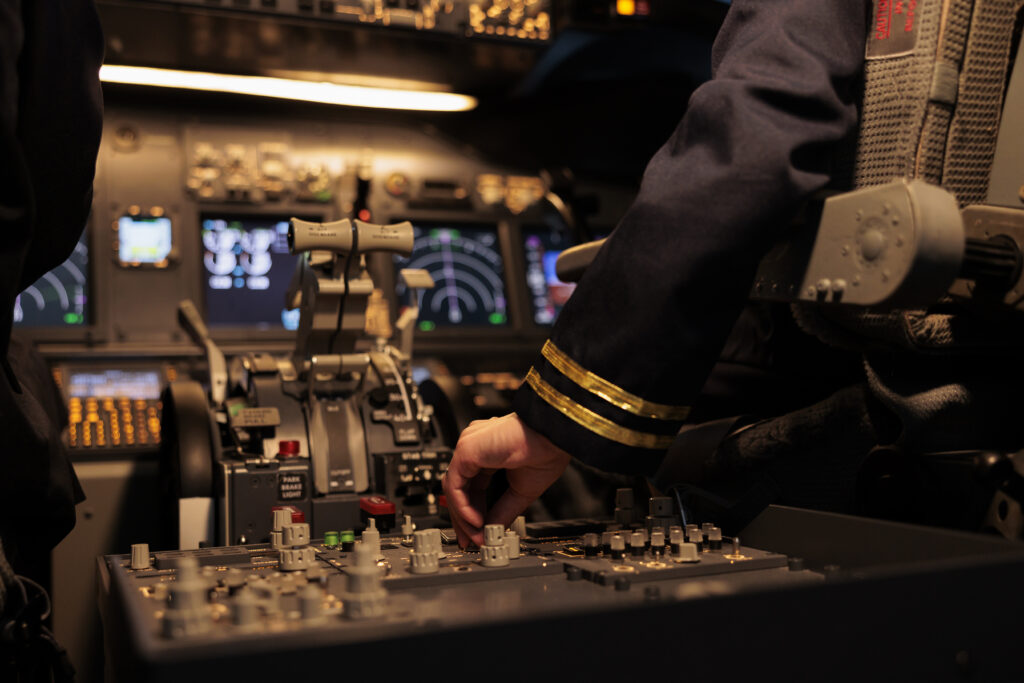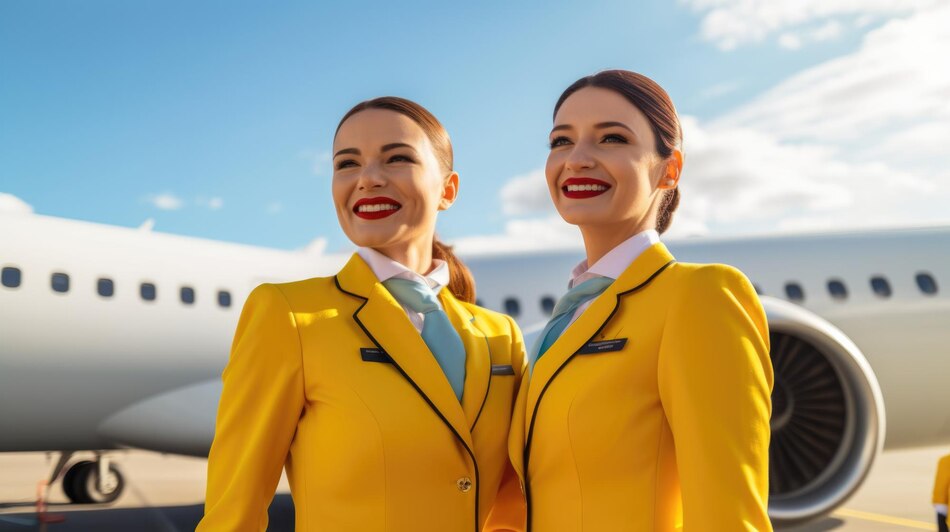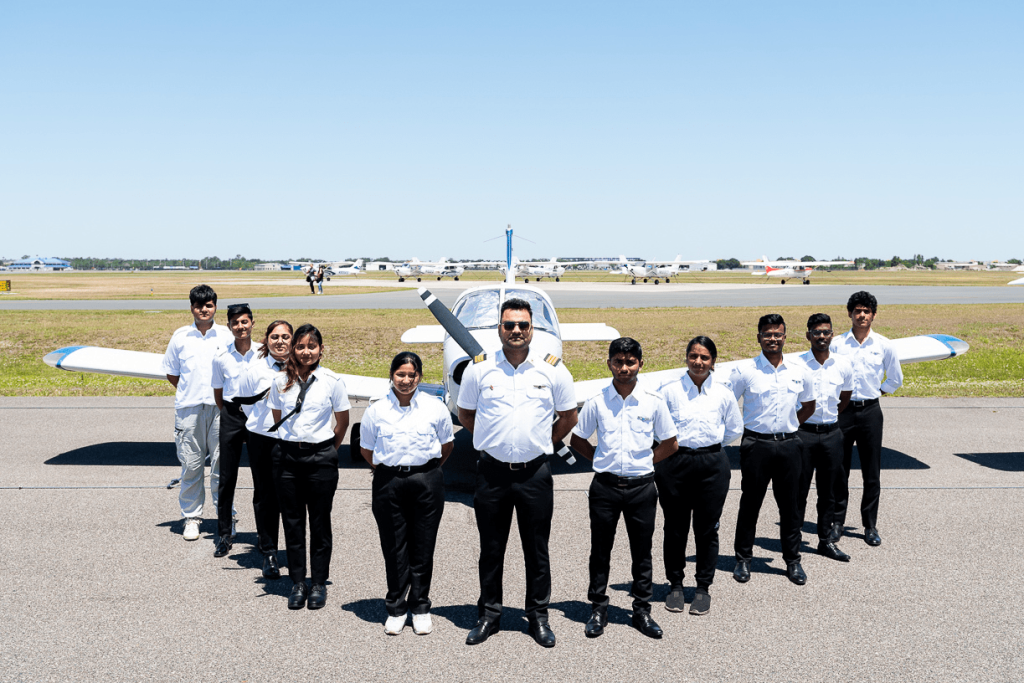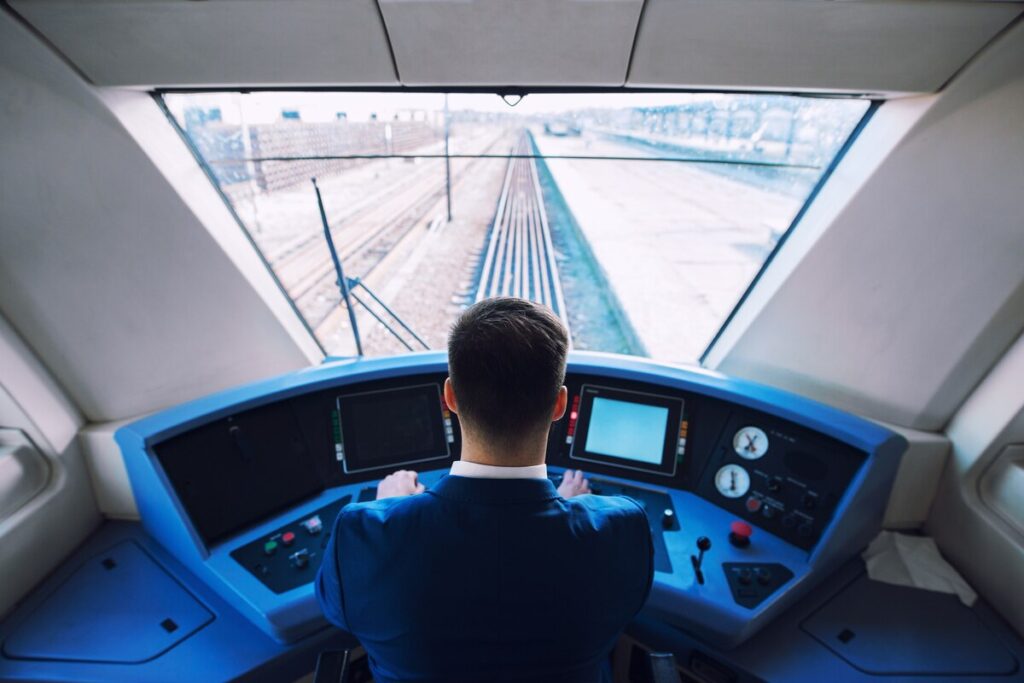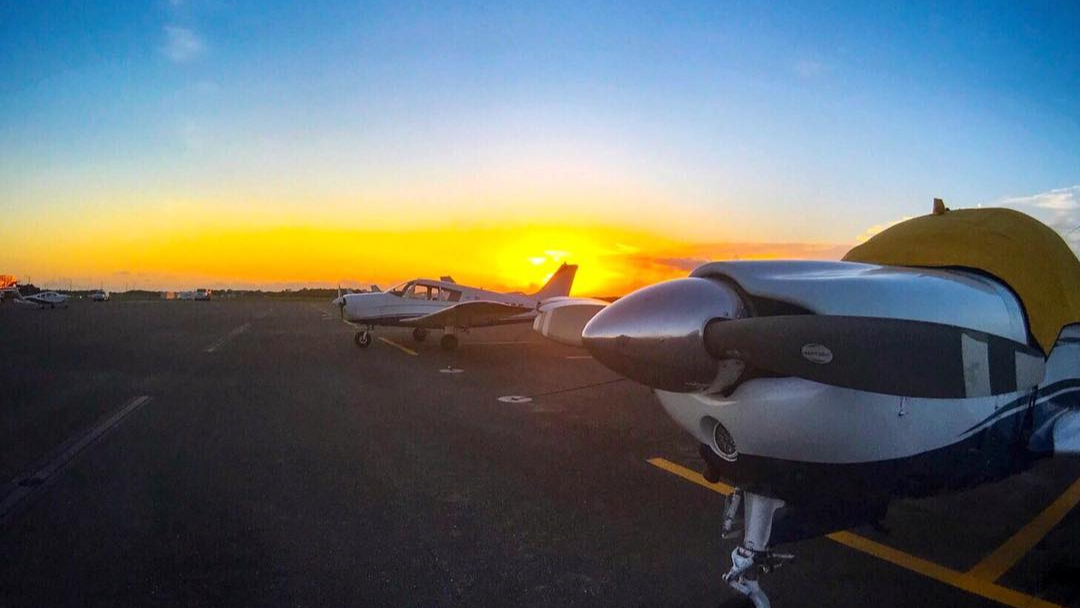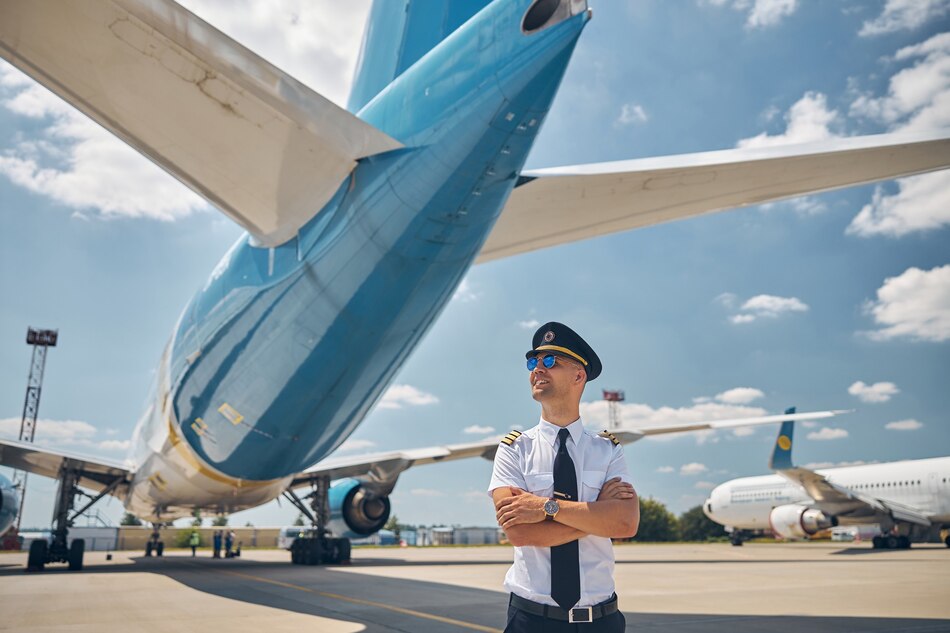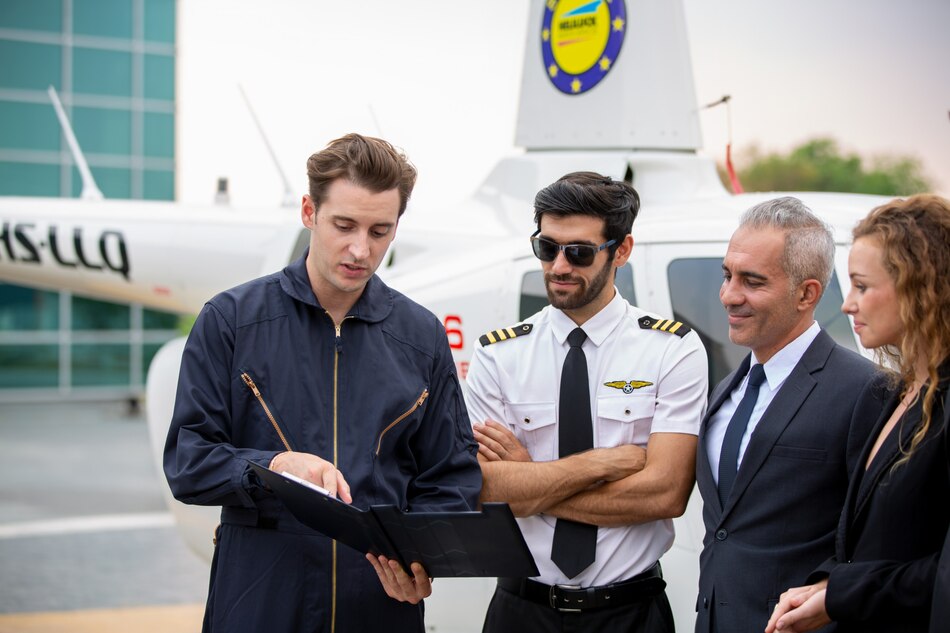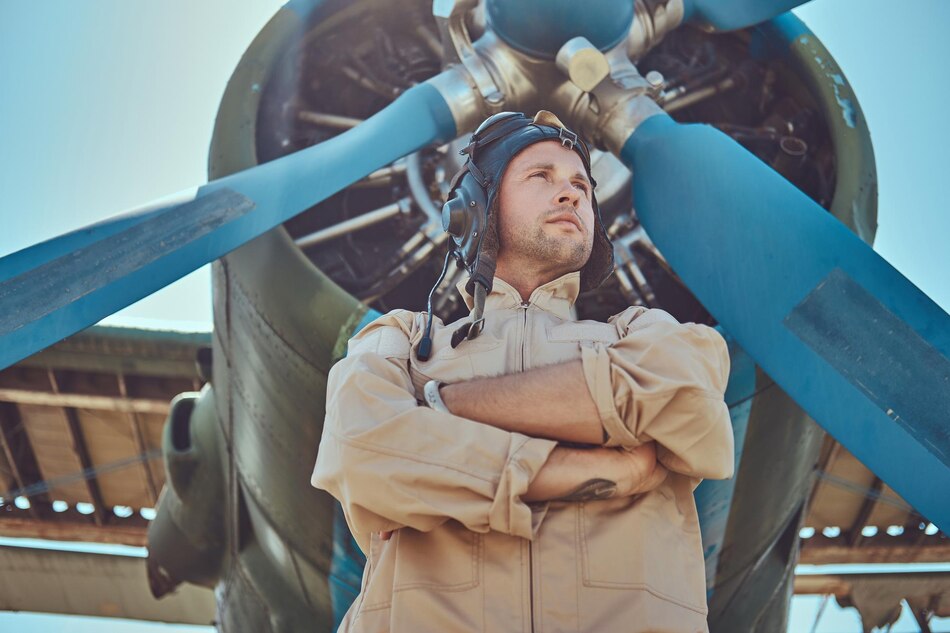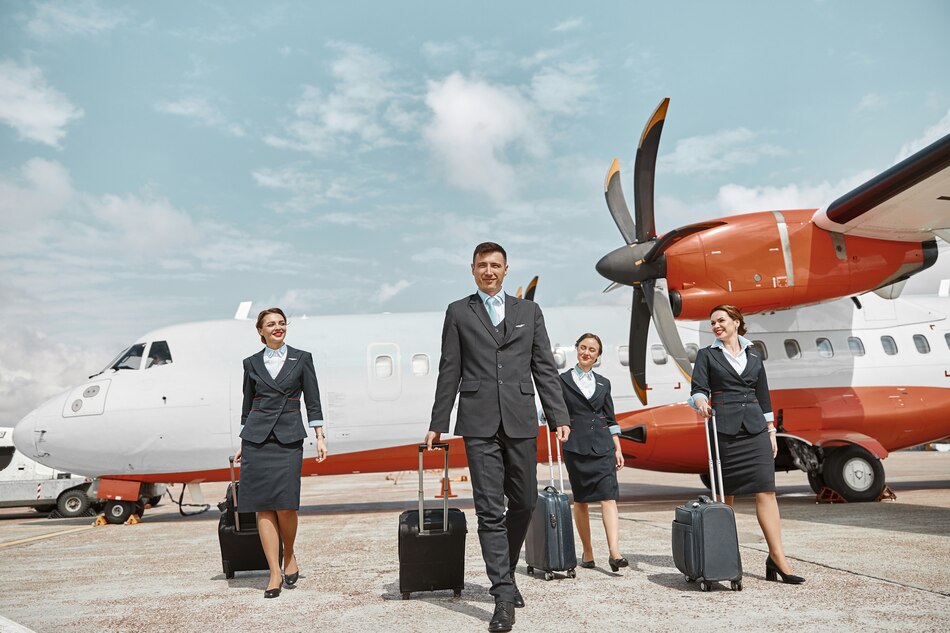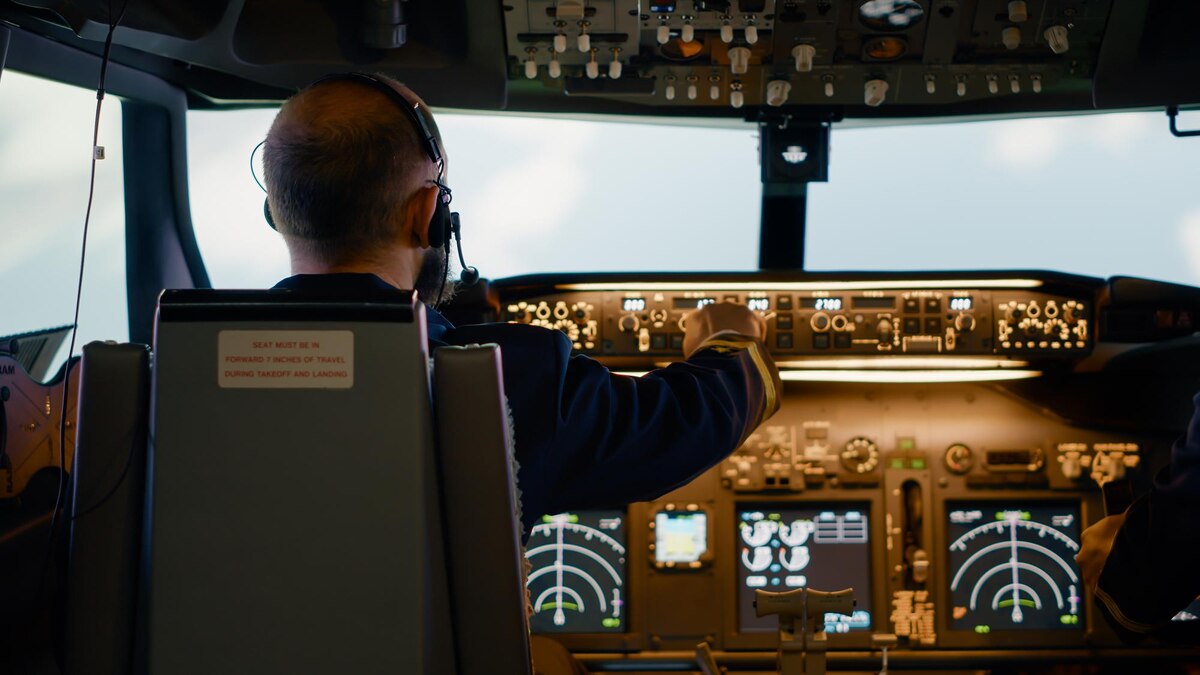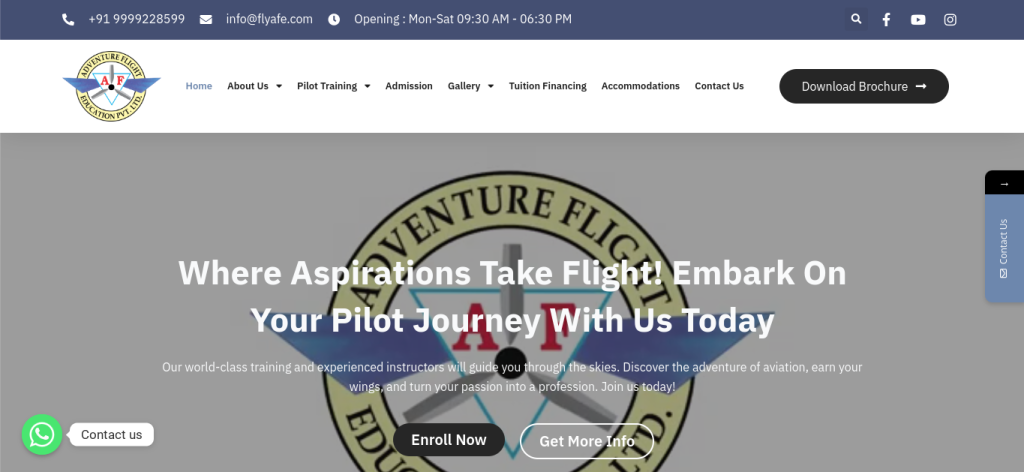Just like you need a license to drive a car on Indian roads, flying an aircraft also requires a license. Whether you dream of flying for fun or as a career, obtaining a Private Pilot’s License (PPL) is your first step into the thrilling world of aviation. Here’s a comprehensive guide on how to pursue your dream of becoming a licensed pilot in India.
Understanding the Private Pilot License (PPL)
For individuals starting their journey into the sky, it is essential to comprehend the Private Pilot License (PPL). This license is the first in a pilot’s career since it allows people to fly airplanes for private, non-commercial purposes.
Aspiring pilots receive extensive training that covers both academic understanding and hands-on training in flight principles, navigation, weather patterns, and emergency procedures. This prepares them for the difficulties of flying in the real world. Aspiring pilots can take this incredible trip and realize their ambitions of becoming licensed pilots if they put in the necessary effort and attention.
Eligibility Criteria for PPL
Before you embark on your journey to becoming a pilot, you need to meet certain eligibility criteria:
- Age: You must be at least 16 years old to enroll in a PPL program.
- Education: A minimum educational qualification of 10th standard is required.
- Health: You must pass a class 2 medical examination conducted by a certified doctor to ensure you’re physically and mentally fit for flying.
Also Read: Flying Training India vs Abroad
Steps to get Private Pilot’s License in India

1. Obtain a Student Pilot License
To begin your flight training, you’ll need to obtain a Student Pilot License (SPL). This license confirms your eligibility for flight training and allows you to fly solo under the supervision of a certified flight instructor.
2. Enroll in a Flight Training Program
Choose a DGCA-approved flying school to enroll in a structured flight training program. This program will consist of both ground school and flight training, covering theoretical knowledge and practical flying skills.
3. Ground School Training
During ground school training, you’ll learn essential aviation subjects such as Aircraft and engine or Technical General, navigation, meteorology, aviation law, and communication procedures. These classes will provide you with the theoretical knowledge required for flying.
4. Flight Training
The flight training component will involve both solo and dual flights with a certified flight instructor. You’ll learn various flying maneuvers, takeoffs and landings, navigation techniques, and emergency procedures. This hands-on training will help you develop the necessary skills to operate an aircraft safely.
5. Pass DGCA Examinations
After completing your training, you’ll need to pass written and practical examinations conducted by the Directorate General of Civil Aviation (DGCA). The written exam tests your theoretical knowledge, while the practical exam evaluates your flying skills.
6. Continuing Education and Training
The journey to becoming a pilot doesn’t end with obtaining a PPL. Continuous education and training are essential for pilots to maintain their skills and stay updated on advancements in aviation technology and regulations. Pilots can pursue additional certifications, ratings, or endorsements to expand their knowledge and capabilities. Additionally, participating in recurrent training programs and staying current with flight hours are crucial for ensuring proficiency and safety in the cockpit.
What is the duration of PPL training
The length of training required to earn a Private Pilot License (PPL) might vary depending on each student’s development and situation. Aspiring pilots should anticipate finishing the full procedure in between six and twelve months on average.
This period includes completing the necessary tests, as well as ground school and flight instruction. But it’s crucial to keep in mind that every pilot’s trip is different, and variables like dedication, training frequency, and meteorological conditions can affect how long it takes.
Cost Analysis of PPL
For prospective pilots, one of the most important factors to take into account is the price of a PPL. The cost can differ significantly based on a number of variables, including the location, flying school of choice, supplemental training materials, and aircraft rental fees.
The entire cost of acquiring a PPL in India is estimated to be between 550,000 and 925,000 Indian Rupees. This covers the cost of the ground school courses, the exam, and the flight training hours. It is imperative that aspiring pilots plan their finances appropriately and investigate any possible funding sources or scholarships to assist with their training.
Career opportunities after PPL
- Commercial Pilot License (CPL): Pilots who have completed their PPL training can go on to get a CPL, which will allow them to fly professionally and get paid like professionals.
- Flight Instructor: PPL-holding, seasoned pilots can earn certification as flight instructors and teach prospective pilots the trade while accruing significant flight time and experience.
- Charter Pilot: PPL holders have the opportunity to work as charter pilots, offering flexible and individualized air travel services while taking clients to a variety of destinations on demand.
- Aerial Photography: Pilots with a PPL can explore opportunities in aerial photography, capturing breathtaking images from the skies for various purposes such as advertising, surveying, or filmmaking.
Conclusion
In conclusion, a private pilot’s license is a major accomplishment that leads to numerous opportunities in the aviation industry. The trip offers excitement, difficulties, and limitless potential for advancement, whether you choose to fly for fun or pursue a career as a professional pilot. Aspiring pilots can confidently and resolutely start their aviation experience by adhering to the instructions provided in this guide and making use of resources such as Garg Aviation. So, start living the life you’ve always wanted and soar to new heights in India’s wide, blue sky!
FAQ
Can I rent or own my own aircraft after obtaining a Private Pilot License (PPL)?
Yes, after obtaining a PPL, you can rent or own your own aircraft for personal use. Many flying clubs and rental facilities offer aircraft rental services to licensed pilots for recreational flying or personal travel.
Are there any restrictions on the types of aircraft I can fly with a Private Pilot License (PPL)?
While a PPL allows you to fly a wide range of single-engine aircraft for personal use, there may be restrictions on certain types of aircraft, such as complex or high-performance aircraft. Additional training or endorsements may be required to fly these types of aircraft.
Do I need to renew or undergo recurrent training for my Private Pilot License (PPL) periodically?
Yes, to maintain the validity of your PPL, you may need to undergo recurrent training or fulfill certain requirements periodically. This helps ensure that pilots remain current with aviation regulations, procedures, and safety standards. The specific requirements may vary depending on the aviation authority and regulations.
